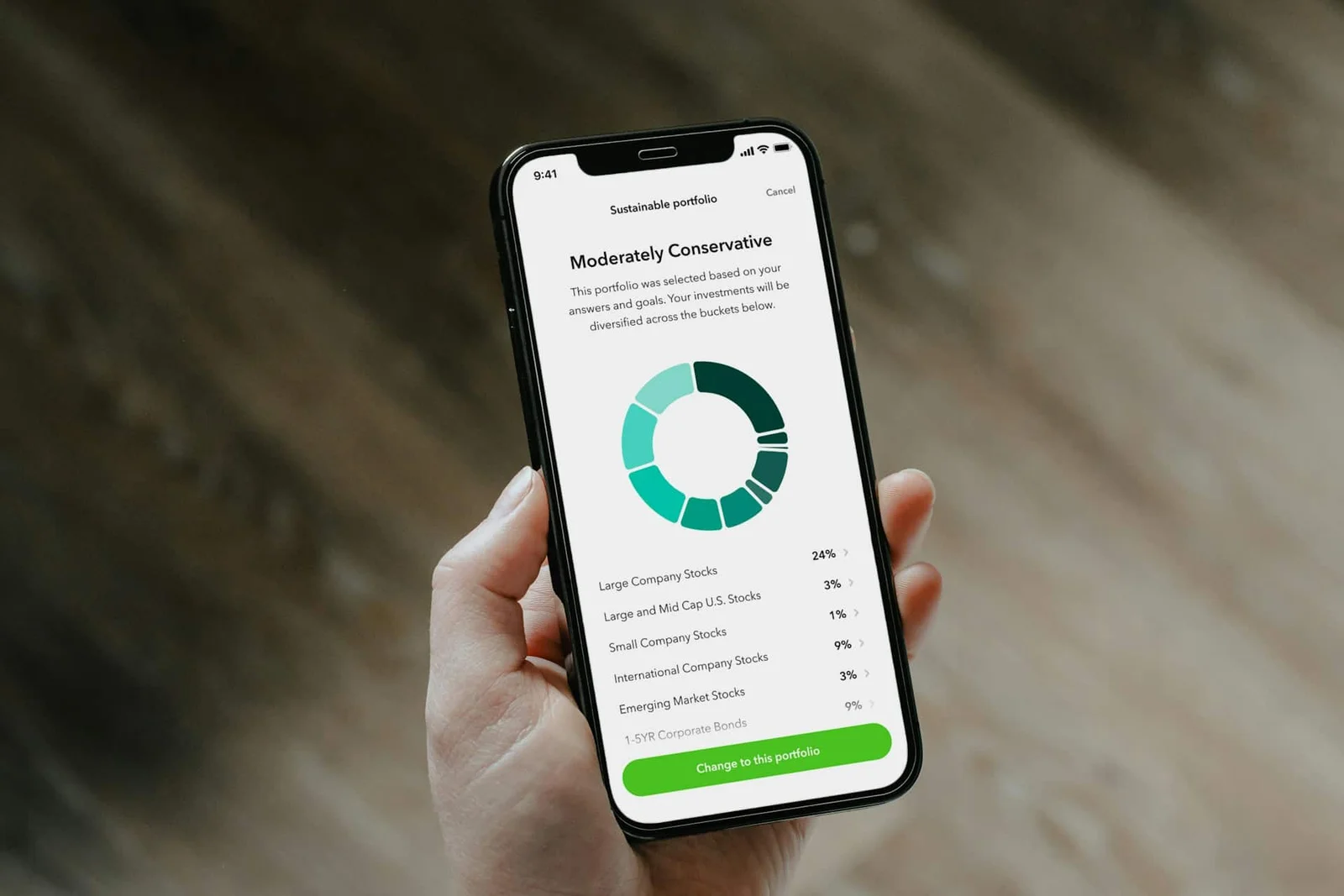Efficient financial planning is crucial for achieving financial independence, although it may appear challenging for some individuals. In reality, it is a straightforward process that only demands a small amount of time and commitment.
In this article, we will demonstrate how to develop effective financial planning, set financial objectives, create a monthly budget, and manage spending.
If you wish to enhance your financial situation and make wise investment choices, continue reading.
What does financial planning entail?
Financial planning involves creating a thorough strategy to oversee your finances, establish objectives, monitor spending, and save for the future.
Financial planning can be used for personal and business finances.
Financial planning is beneficial for personal goals such as managing debts, saving for retirement, purchasing a home, and funding education, as well as for business objectives like boosting profits and managing cash flow.
Why begin arranging your finances?
I hope you understand the importance of financial organization for investing. If not, here are some benefits to consider.
Enhanced management of finances
When you become organized, you will have more control over your finances, allowing you to understand your current situation better and manage your spending to prevent unnecessary debts.
Achieving goals becomes simpler.
By getting your finances in order, you can establish specific objectives and develop a strategy to reach them.
Reduced financial pressure
The absence of proper financial management can result in issues like debts, overdue payments, and persistent worries about money. Establishing financial organization can help alleviate stress and bring more peace to daily life.
Increased likelihood of seizing opportunities.
Being financially organized allows you to make the most of available opportunities, such as investments, buying a house, or finding a new job.
Improved readiness for what lies ahead
This involves establishing an emergency savings, preparing for retirement, and safeguarding your family’s finances.
Easier accumulation of inheritance
By effectively managing finances and developing an investment strategy, you can begin investing earlier, even with modest amounts. Time is a key factor in investment success, with longer investment periods resulting in greater returns.
How to create effective financial plans
Assess your financial planning’s initial finances.
The initial step in developing a plan is to comprehend your present financial status. This involves conducting an initial evaluation by compiling a list of debts, accounts, consistent and fluctuating expenses, and recognizing your financial assets and debts.
List all the money you owe
List all your debts, such as loans, credit cards, and other forms of funding, and make a note of the total debt amount, interest rates, repayment period, and installment amounts.
Identify your accounts and regular expenses
List all your monthly bills like rent, utilities, internet, phone, and other recurring expenses. Next, detail your fixed costs such as health insurance, gym membership, and school fees.
Identify your variable costs.
Variable costs consist of items such as food, transportation, and entertainment. Keep track of the average amount you spend on each category monthly.
Identify your financial possessions and debts.
Identify and list all your financial assets, including funds in your checking account, investment holdings, and other financial instruments. Calculate the total value of these assets.
Having this information will give you a comprehensive understanding of your present financial status, enabling you to pinpoint areas for spending cuts and potential investment opportunities.
You can establish a monthly budget and set future goals based on the information. Make sure to regularly update your financial evaluation to monitor your progress and make any necessary changes.
Set specific financial objectives.
It is important to establish specific objectives after assessing your financial position, which could encompass immediate, intermediate, and long-range targets like settling a debt within half a year, setting aside funds for a vacation, or planning for retirement.
Be precise when planning your finances.
When setting financial goals, it is important to clearly outline what you aim to accomplish. Rather than just stating a desire to save, specify a particular amount you intend to save.
Set practical timeframes.
Set achievable deadlines for financial goals by breaking down long-term objectives into smaller, more manageable short-term goals. For instance, if saving for a holiday trip within a year, establish monthly or weekly savings targets.
Focus on what matters most to you.
When you have several goals, it’s crucial to rank them in order of importance. Focus on the ones that matter most to you and will have the biggest influence on your finances.
Track your advancement.
Regularly monitoring your advancement towards your objectives is crucial for staying motivated and making any needed changes.
Adapt to changes
Be prepared to modify your financial goals as needed. Changes in circumstances may require you to adjust your financial goals to align with your current financial position.
Develop a strategy for repaying debts
It is crucial to establish a payment strategy to eliminate debts promptly, focusing on those with higher interest rates and increasing payments whenever feasible.
When it comes to financial planning, make sure to prioritize your investments.
Investments are an excellent method to increase your money’s return and achieve your objectives more quickly.
What errors should you steer clear of when creating your financial plan?
Do not think about your financial obligations.
It is a common error to overlook your debts when developing your financial plan. Make sure to account for all your debts in your budget and devise a strategy to repay them.
Lacking a reservation for emergencies
An urgent booking is essential for managing sudden financial costs like unforeseen medical bills or unemployment.
Failing to set achievable financial objectives
Setting unrealistic goals can result in disappointment and obstruct their achievement.
Do not consistently keep track of your financial situation
Regularly monitoring your finances is crucial to staying on track with your financial plan.
Failing to invest in the future
Many individuals fail to invest in their future through financial planning, but it is crucial to prioritize long-term investments like investment funds or private pensions to be ready for the future.
Neglect to review and revise your financial plan.
Failure to regularly review and revise your financial plan following any changes can lead to poor decision-making due to lack of essential information. It is crucial to have this tool at hand.
Most widely recognized financial planning techniques
Account separation method
Splitting accounts is a useful technique for individuals who find it challenging to handle their finances and keep track of bill payments. It involves dividing fixed expenses into one account and allocating a separate account for variable expenses like entertainment and dining.
Envelope technique
The envelope method involves setting aside money for different categories of expenses in separate envelopes to prevent overspending.
Conclusion
Financial planning is crucial for maintaining financial well-being in the long term by assessing the current financial status, establishing clear objectives, developing a practical budget, and making strategic investments.
Financial planning is an ongoing journey that demands focus and self-control. Keep track of your financial status and adjust your plan according to your objectives and requirements.











Comments